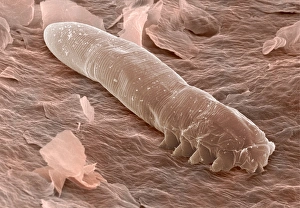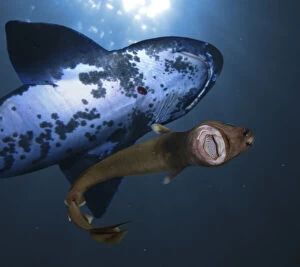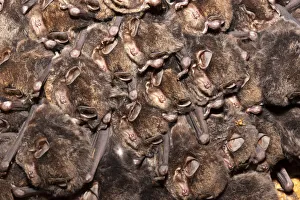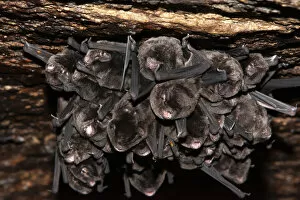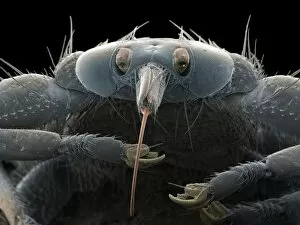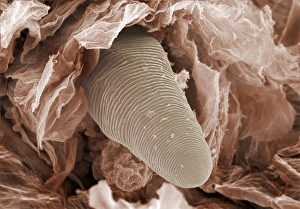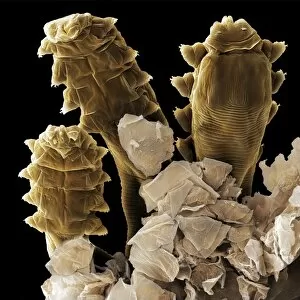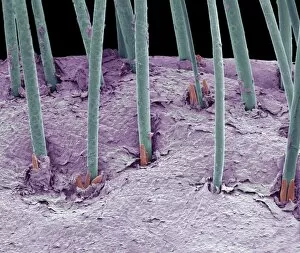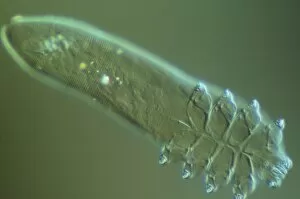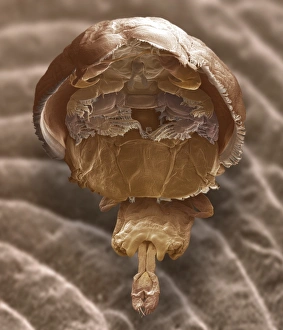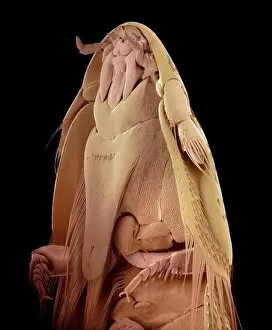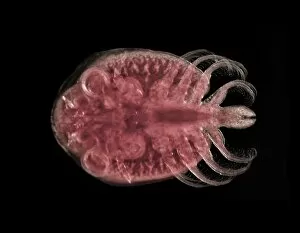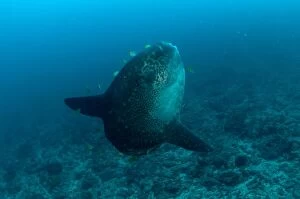Ectoparasite Collection
"Ectoparasite: Unseen Intruders of the Animal Kingdom" Did you know that even our eyelashes have their own tiny inhabitants
All Professionally Made to Order for Quick Shipping
"Ectoparasite: Unseen Intruders of the Animal Kingdom" Did you know that even our eyelashes have their own tiny inhabitants? Meet the elusive Eyelash mite, a microscopic ectoparasite that resides on human eyelashes. Captured under the scanning electron microscope (SEM), these minuscule creatures reveal intricate details of their existence. In another SEM revelation, we delve into the world of follicle mites. These Follicle mite heads (SEM) C013 / 5120 showcase their peculiar appearance and highlight how they inhabit hair follicles, particularly in humans. But it's not just humans who play host to ectoparasites; animals are also vulnerable to these fascinating organisms. Take for instance the Eastern bentwing bat (Miniopterus orianae oceanensis). This species is known to harbor various ectoparasites within its fur, forming an intriguing symbiotic relationship. Meanwhile, let's not forget about our precious marine ecosystems where unique creatures like the Precious wentletrap (Epitonium scalare) reside. However, beneath its enchanting shell lies a hidden secret – it too can be home to ectoparasitic organisms seeking refuge and sustenance. While some parasites may seem harmless or merely annoying companions, others earn themselves less flattering titles such as "The Liar. " Their deceptive nature becomes evident when observing them closely under SEM magnification. Moving away from mammals and insects, we encounter yet another example of an ectoparasitic encounter - Sheep Ticks (Ixodes ricinus). From nymphs resting on leaves in Sussex to fully engorged adults filled with ingested blood, these ticks demonstrate their ability to latch onto unsuspecting hosts across different life stages. Ectoparasites serve as a reminder that even within seemingly ordinary environments lie extraordinary interactions between species.

